SATURN IS THE SIXTH PLANET from
the Sun. It is a gas giant almost as big as
Jupiter, with a equatorial diameter of about 120,500 kilometres. Saturn is thought to consist of a small core of rock
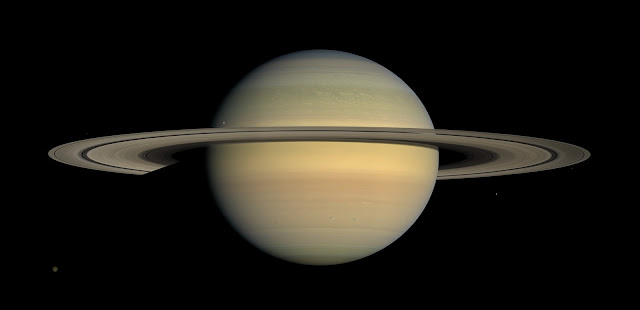 |
| Saturn |
and ice surrounded by an inner mantle of metallic hydrogen (liquid hydrogen that acts like a metal). Outside the inner mantle is an outer mantle liquid hydrogen that merges into a gaseous atmosphere. Saturn's clouds from
Belts and Zones similar to those on
Jupiter, obscured by overlying haze.
Storms and eddies, seen as red or white ovals, occur in the clouds. Saturn has an extremely thin but wide
system of rings that is less than 1 kilometre thick but extends towards to about 420,000 kilometres from the planet's surface. The main rings comprise thousands of narrow ringlets, each made up of icy rock lumps that range in size from tiny particles to chunks several metres across. The
D,
E and
G rings are very faint, the
F ring is brighter and the
A,
B and
C rings are bright enough to be seen from
Earth with binoculars.
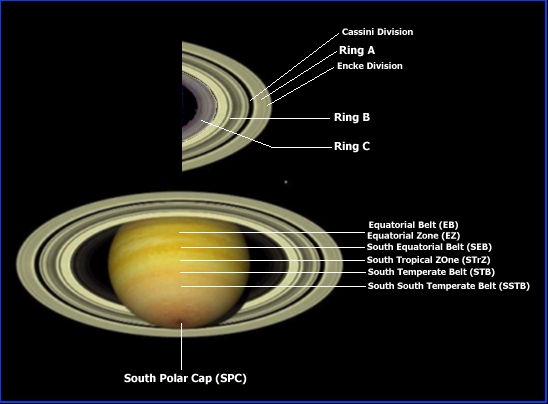 |
| Saturn's Rings,Belts and Zones system |
In 2009, a huge dust ring was discovered 6 Kilometres (4 million miles) beyond the Main system. Saturn has more than 60 known moons, some of which orbit inside the rings and are thought to be exert a gravitational influence on the shapes of the rings.
Unusually, 7 of the moons are co-orbital- they share an orbit with another moon. Astronomers believe that such co-orbital moons may have originated from single satellite that broke up.
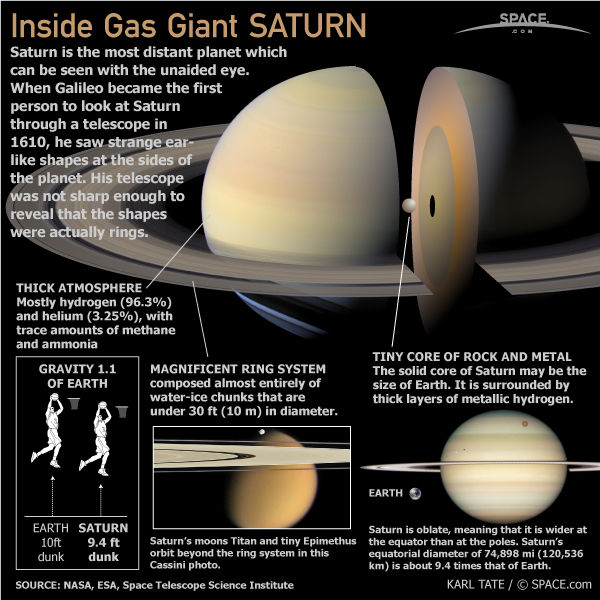 |
| Structure of Saturn |
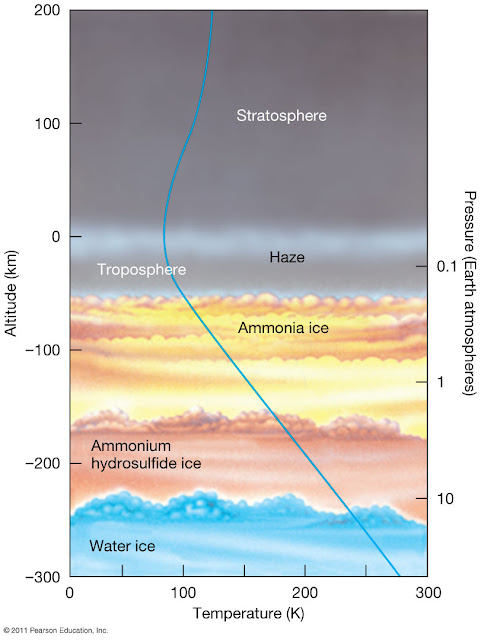 |
| Atmosphere of Saturn |




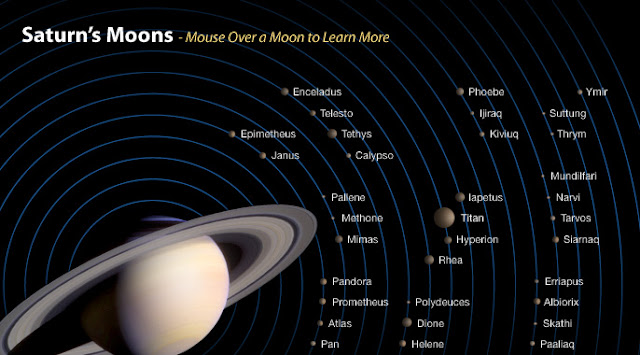
No comments:
Post a Comment
Let me know guys what you think about this.